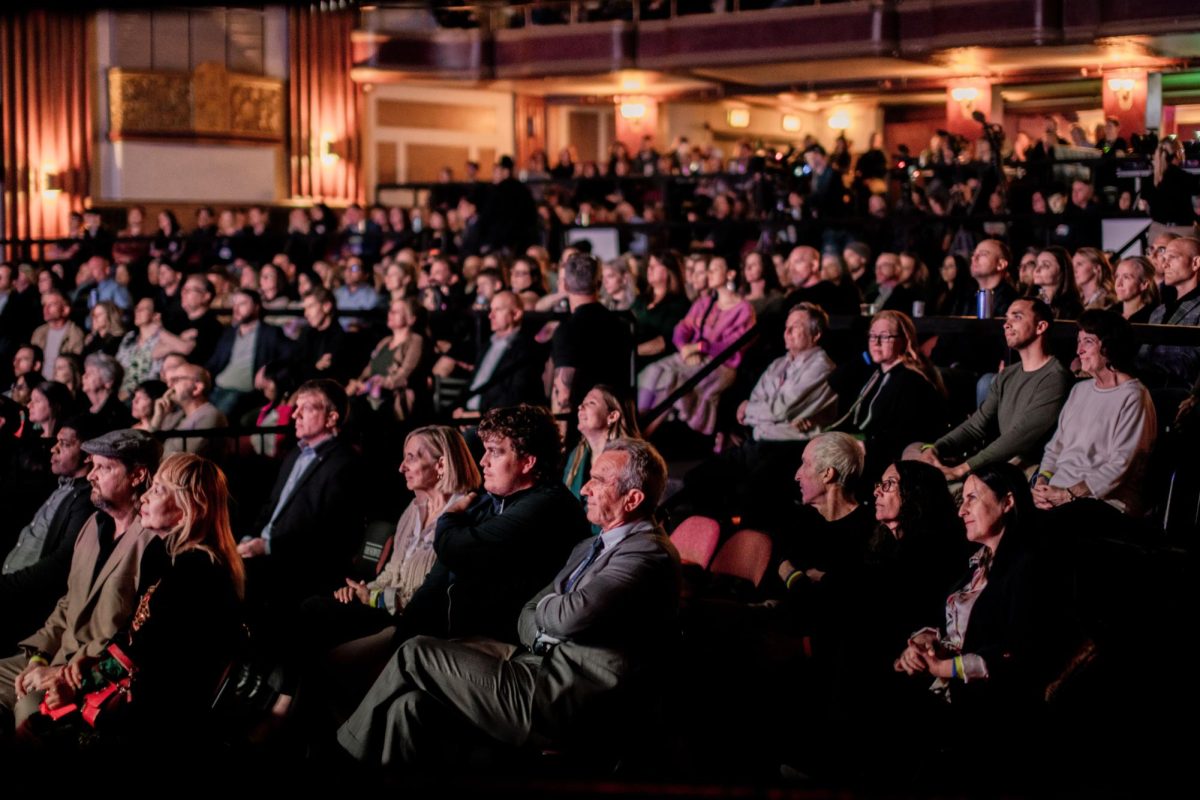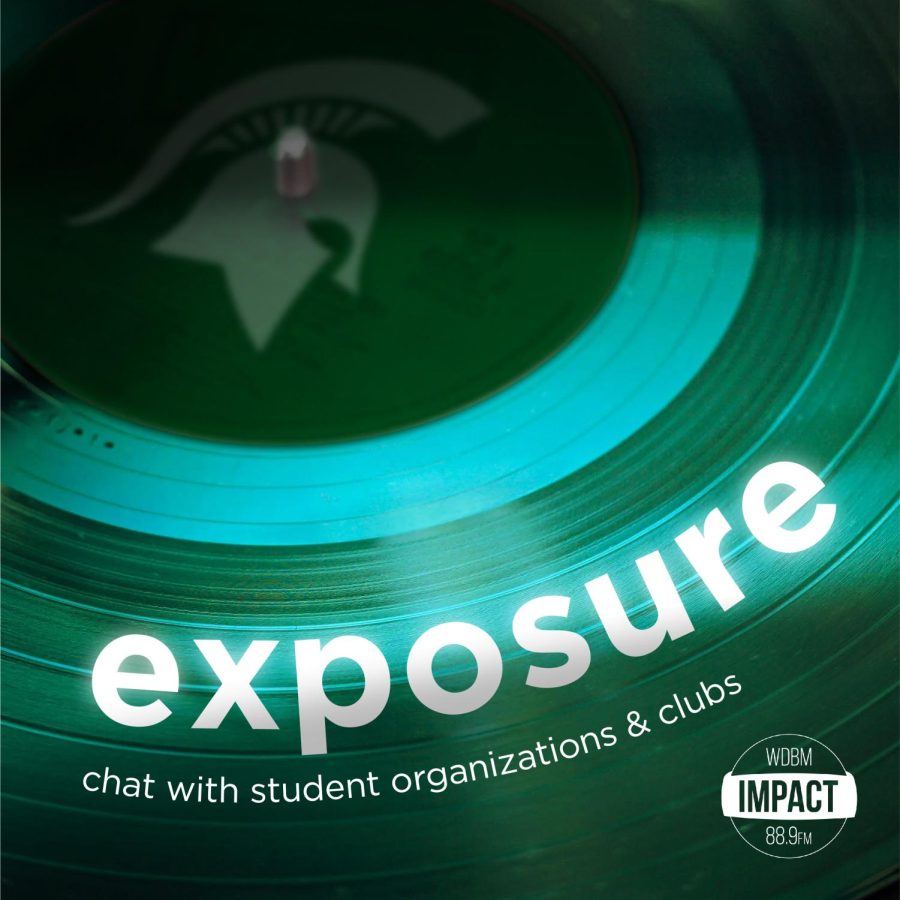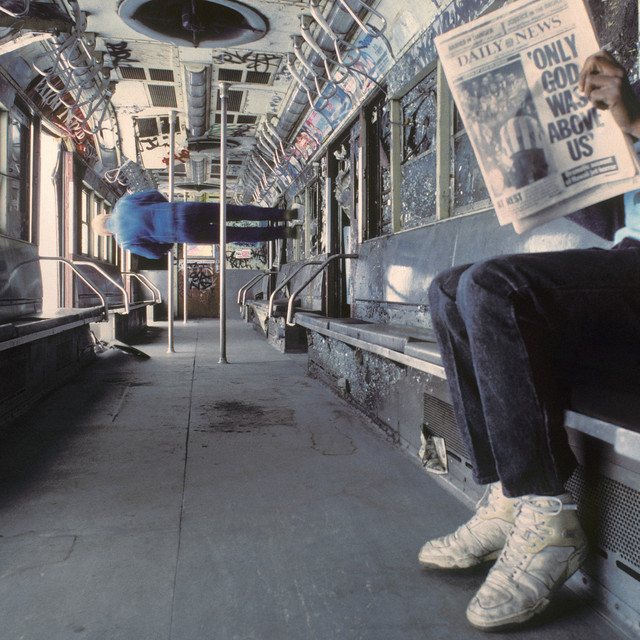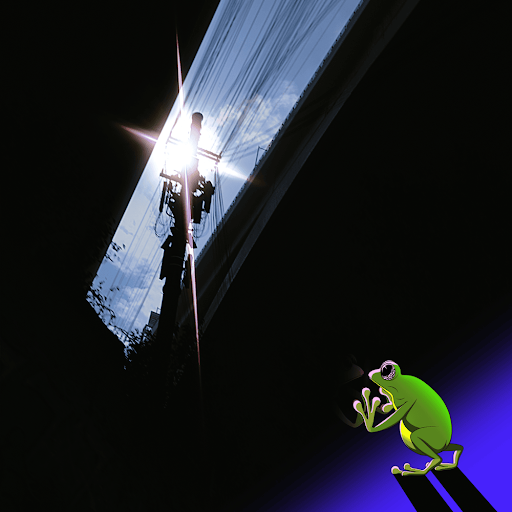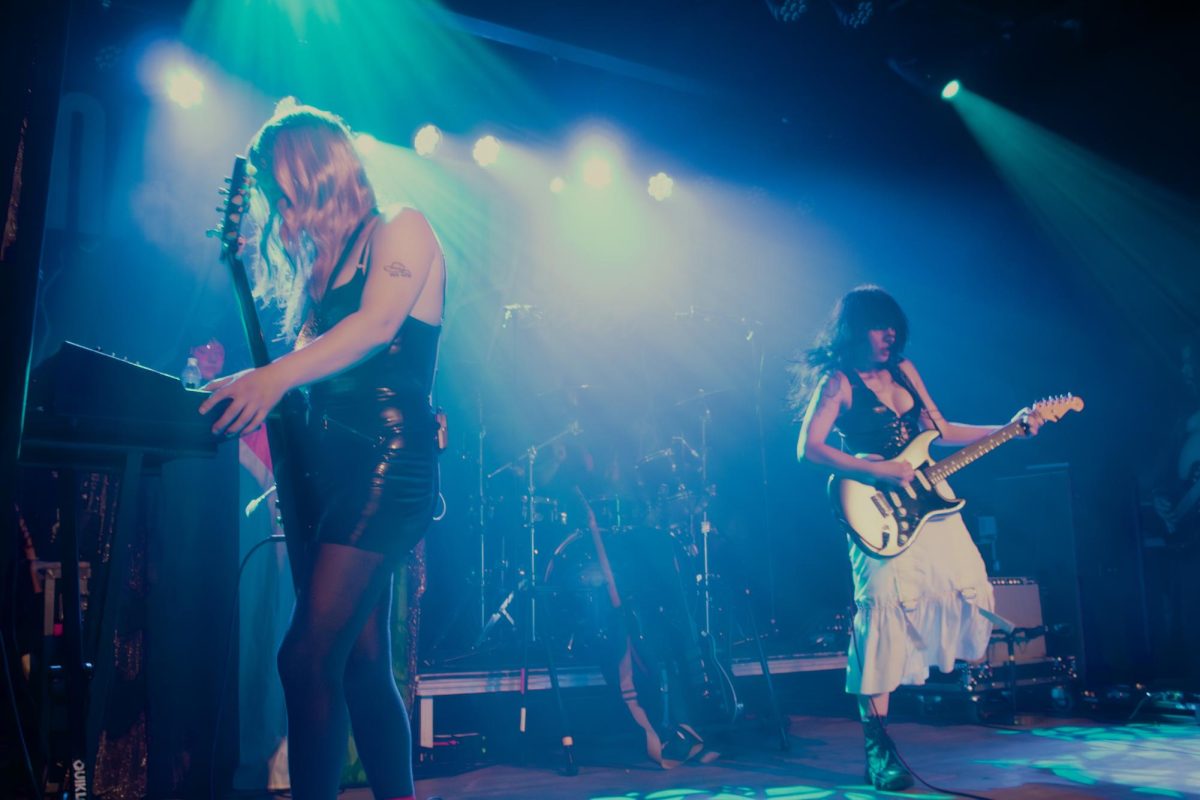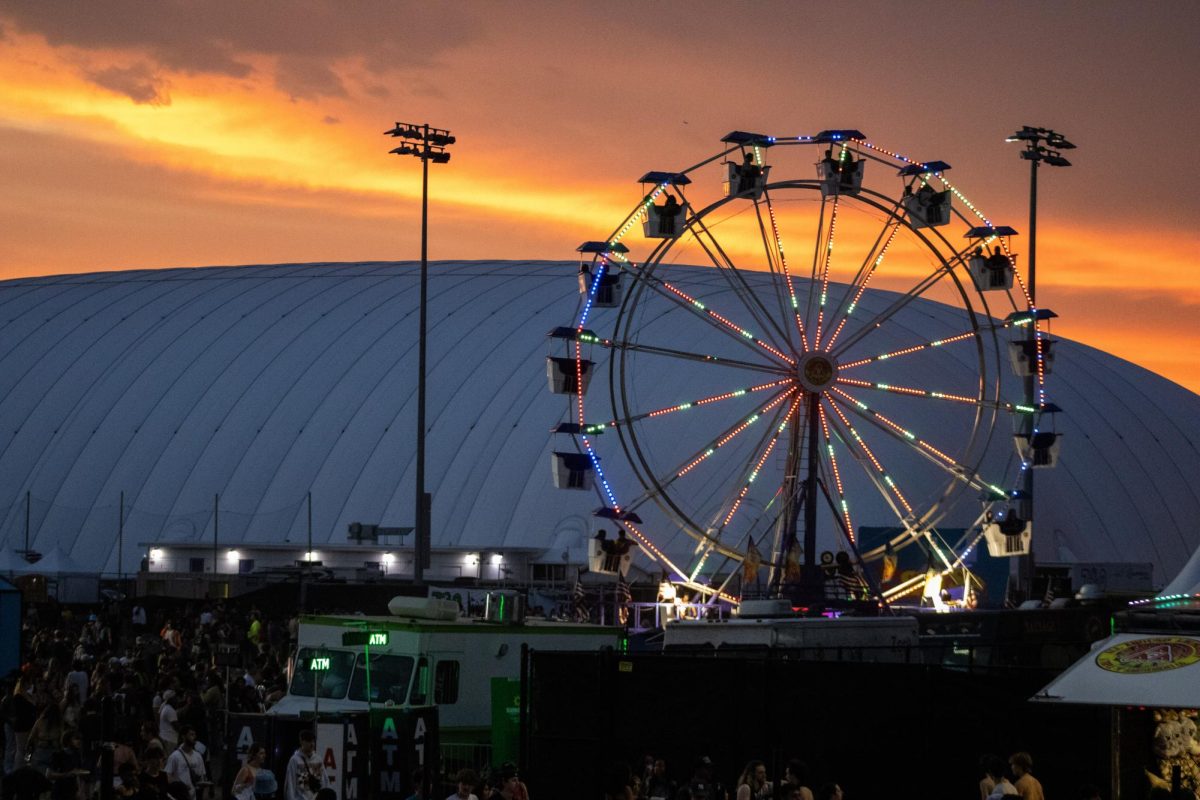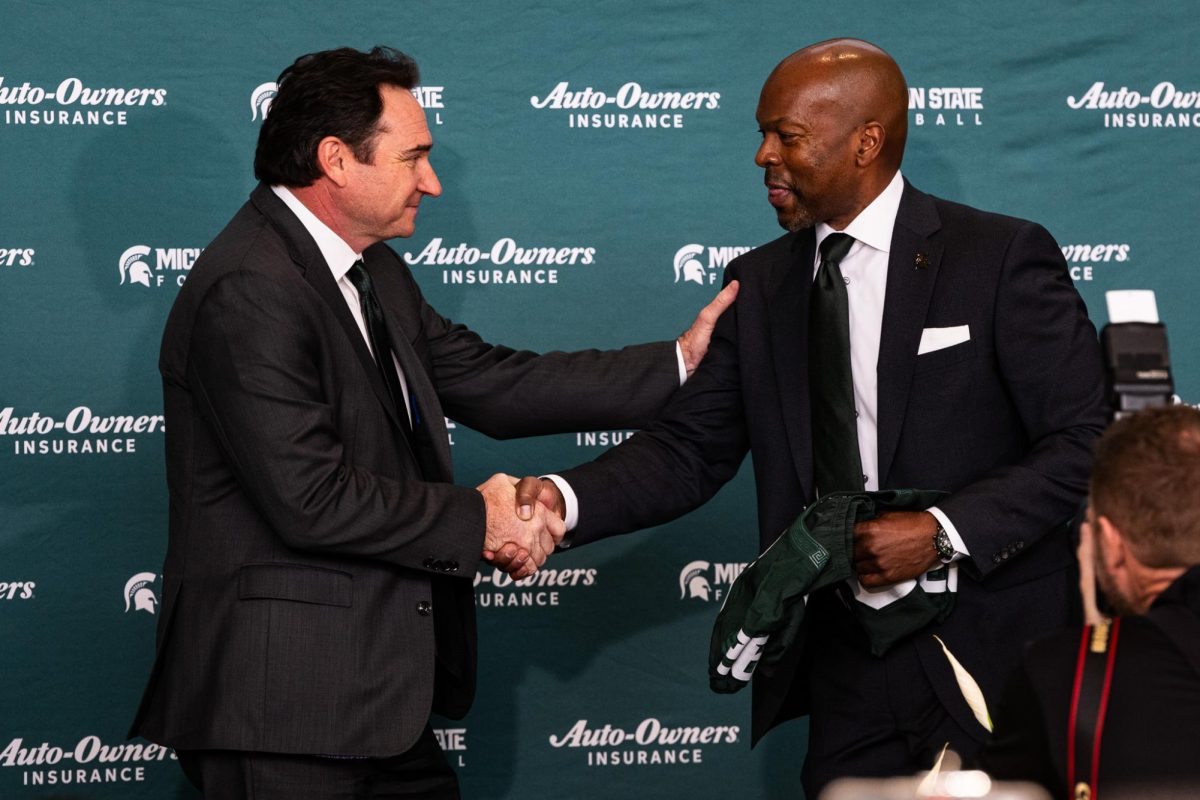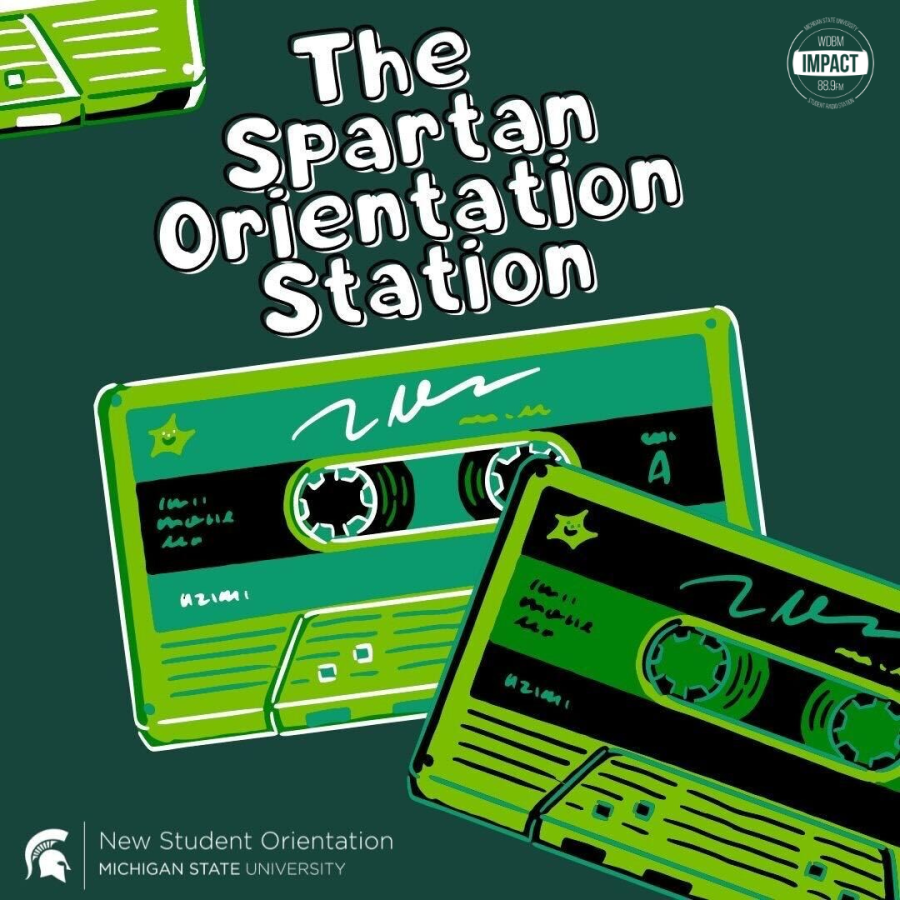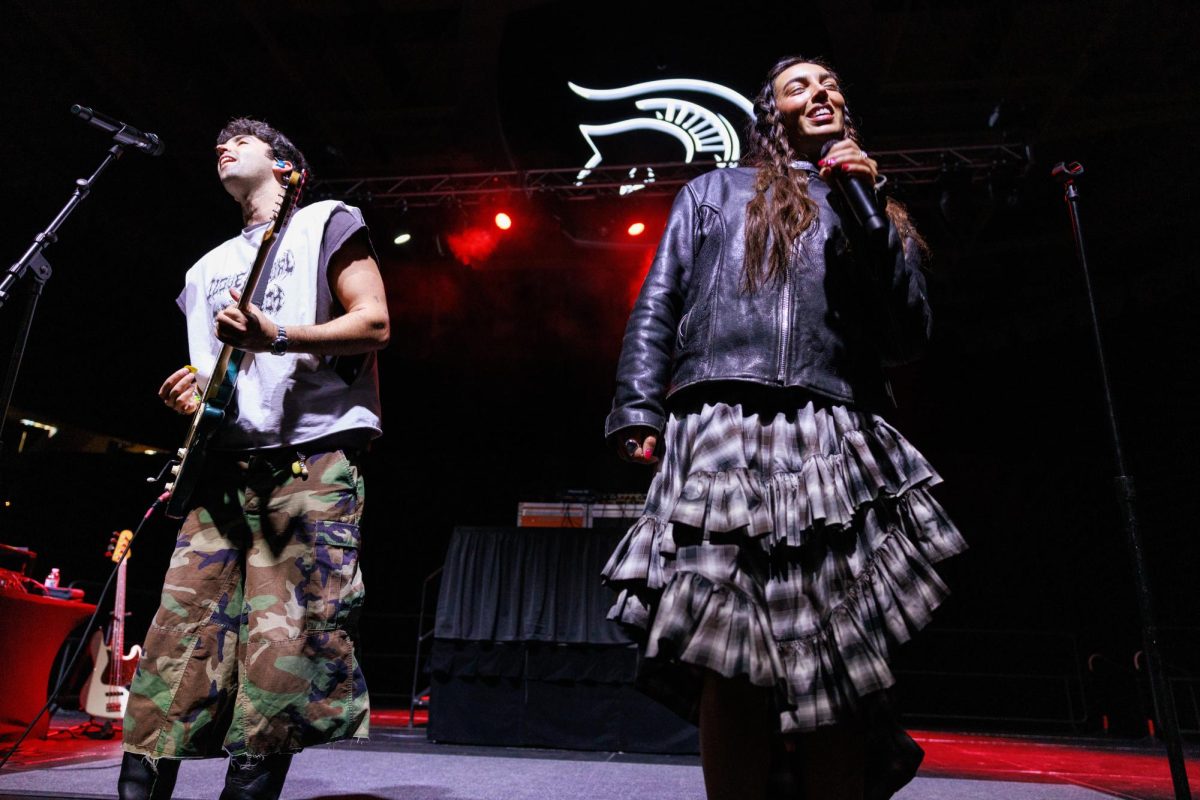Editorial: Genres, Breakdowns, and Drops
March 5, 2014
Perhaps it was after digital media became so widespread, or maybe it was the internet, or it could be a change in music sub-culture itself, but whatever the reason genres seem to have taken on a wholly new entity. Their original use as a categorizer seems moot now, instead replaced with arguments on the subtle differences between subgenres. Go look at any music video on youtube and you’ll fine approximate comments like this: “This band is clearly glitch-hop whereas that is dubstep;” “These guys are totally melodic death metal, how can you even say this is metalcore?”
It’s no accident that I chose electronic and metal subgenres as an example. Of the dozens of music genres out there, these two have far more in common than their fanbases give them credit for. To start, let’s compare the breadth of diversity within these two genres. Off the top of my head I can think of dub, trip hop, dancehall, house, EDM as just a few electronic subgenres. In metal, there’s death, black, post-metal, metalcore, doom, and even further stratification in these subgenres. Metal/electronic fusion isn’t uncommon either: bands like ISIS and Cynic have used synthesizers and vocoders to add layers to their music and certain dubstep groups have used elements of heavy metal to create what is affectionately called “brostep,” which partly contributed to dubstep’s rise in popularity in the U.S.
What I find most interesting, however, are the emotional similarities. Not of the music itself but rather of why people listen to these genres. Going back to youtube, just think about how many “Top 10 Sickest Bass Drops” or “Best Breakdowns Ever” playlists. You’ll find among the comment sections heated debates over whether the rankings were fair or if a group was left out, the same arguments over the same emotional response and people don’t seem to make the obvious connection: electronica and metal strive for the same reaction. Boosted bass slams down over brisk percussion with a sample or synth adding to the chaos and raves eat it up, crowds jumping and throwing their arms up. When there’s that buildup to a breakdown, you feel the intensity boiling in the mosh pit. Then when it hits, all hell breaks loose. Everyone’s shoving and thrashing about, head-banging until their necks are sore and still going, just letting everything all out in that brief moment of musical euphoria. It’s an incredible feeling, to share in that moment with other people, and it’s even more amazing that it happens with no direct contact with between these subcultures.
But what is it that draws people to these crowds? What pulls people to act in such bizarre fashion at these shows? Put bluntly, escapism. Ravers and metalheads attend concerts to get lost in the wild exuberance of the music, the atmosphere of the show, and the solidarity among other fans of the genre. John Graham of Rave Culture writes, “Many use raves as escapes-weekend excursions-from their otherwise stressful or mundane school and home lives. People have all kinds of reasons for participating in raves, and for most there is a combination of alluring factors, not just one.” Metal attendees are no different in that regard. Beyond the simple enjoyment of seeing a band one likes, a study done by University of Westminister psychologist Viren Swami and his research team attempts to examine the mental characteristics of those who attend metal concerts. They found that of the Big Five personality traits, “openness to experience” was listed as prevalent among heavy metal fans, as people who seek the new and different are “drawn to forms of music that are intense, engaging, and challenging.” Furthermore, they showed that powerful music like metal produces cathartic responses that “allows a purge of negative feelings” that can “help boost self-worth.” It’s not too far of a stretch to apply these findings to the electronic and rave communities. Swami’s study pointed to a “desire for uniqueness” as a personality trait among metal fans, something that ravers can easily be associated with seeing as they dress up in unique gear for raves, take on silly names for the night, and partake in hallucinogenic drugs for their own varied experience.
It goes without saying that music emboldens people and conjures up a range of emotions. People listen to different genres for different experiences; it could be argued as the sole reason. Yet of all the genres to bear the most similarity, metal and electronica have the closest relation in terms of emotional connection. Very few genres or music experiences can claim to elicit the same passion and catharsis that extreme metal and techno can. And for that, I’ll headbang to some EDM right now.
Written by Ian Wendrow



